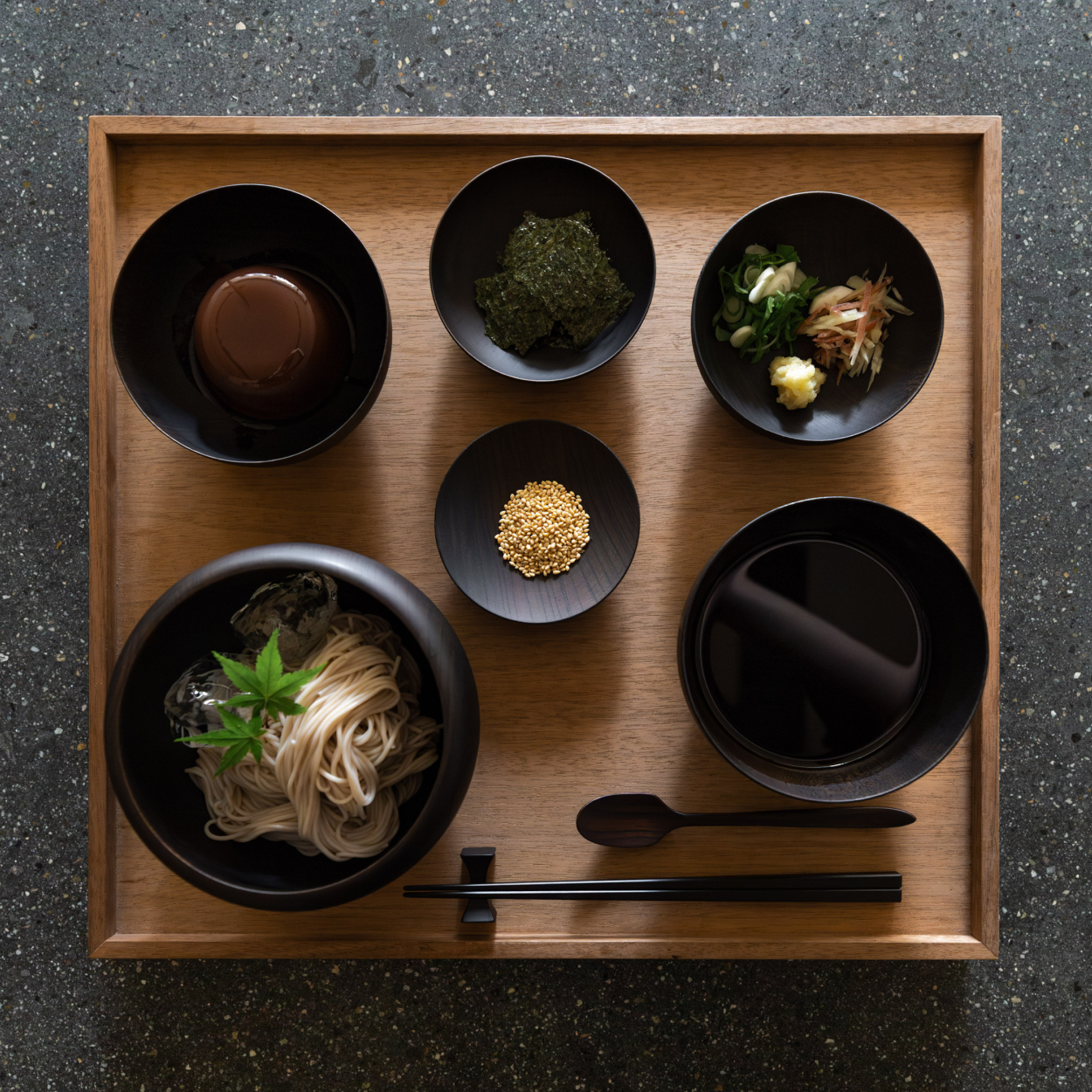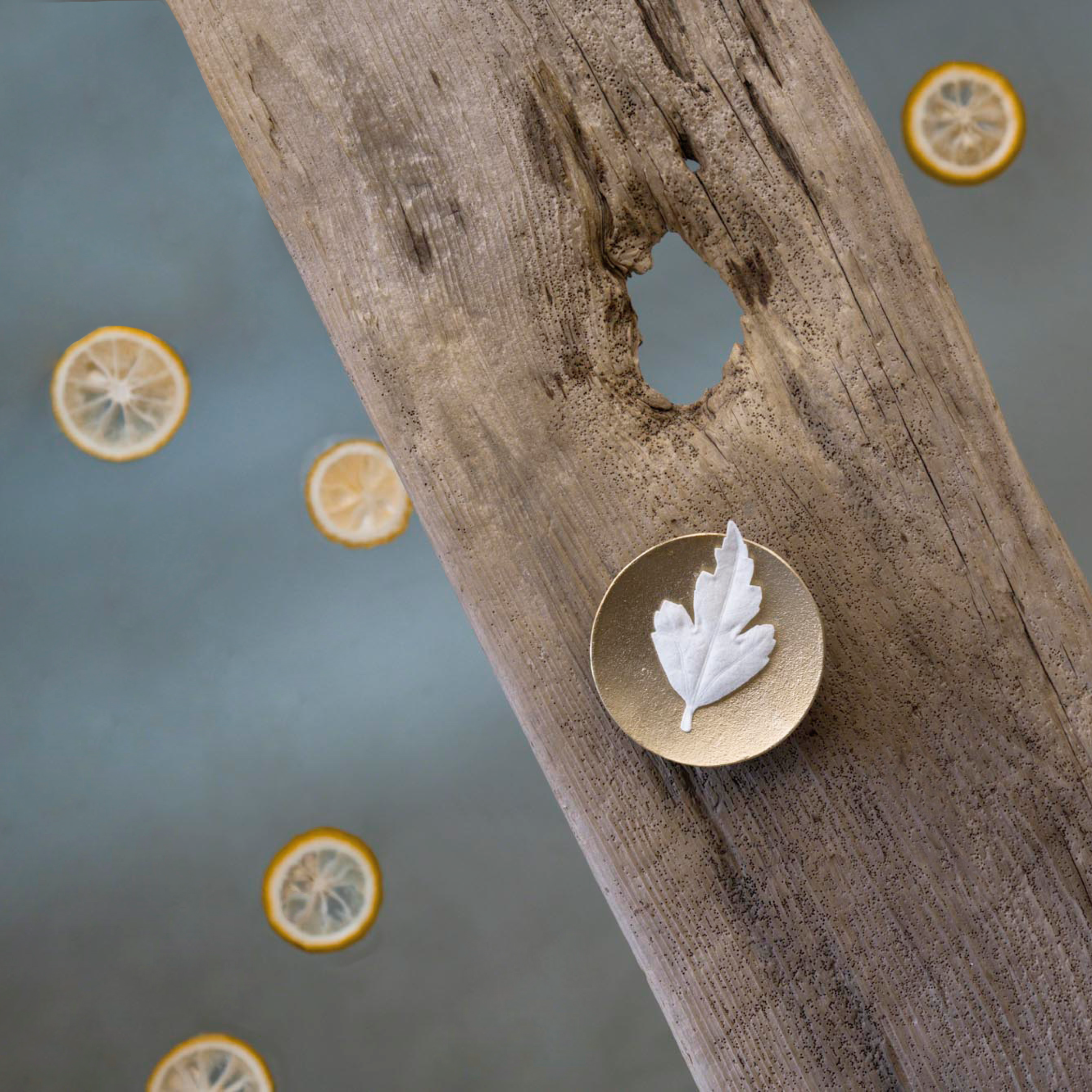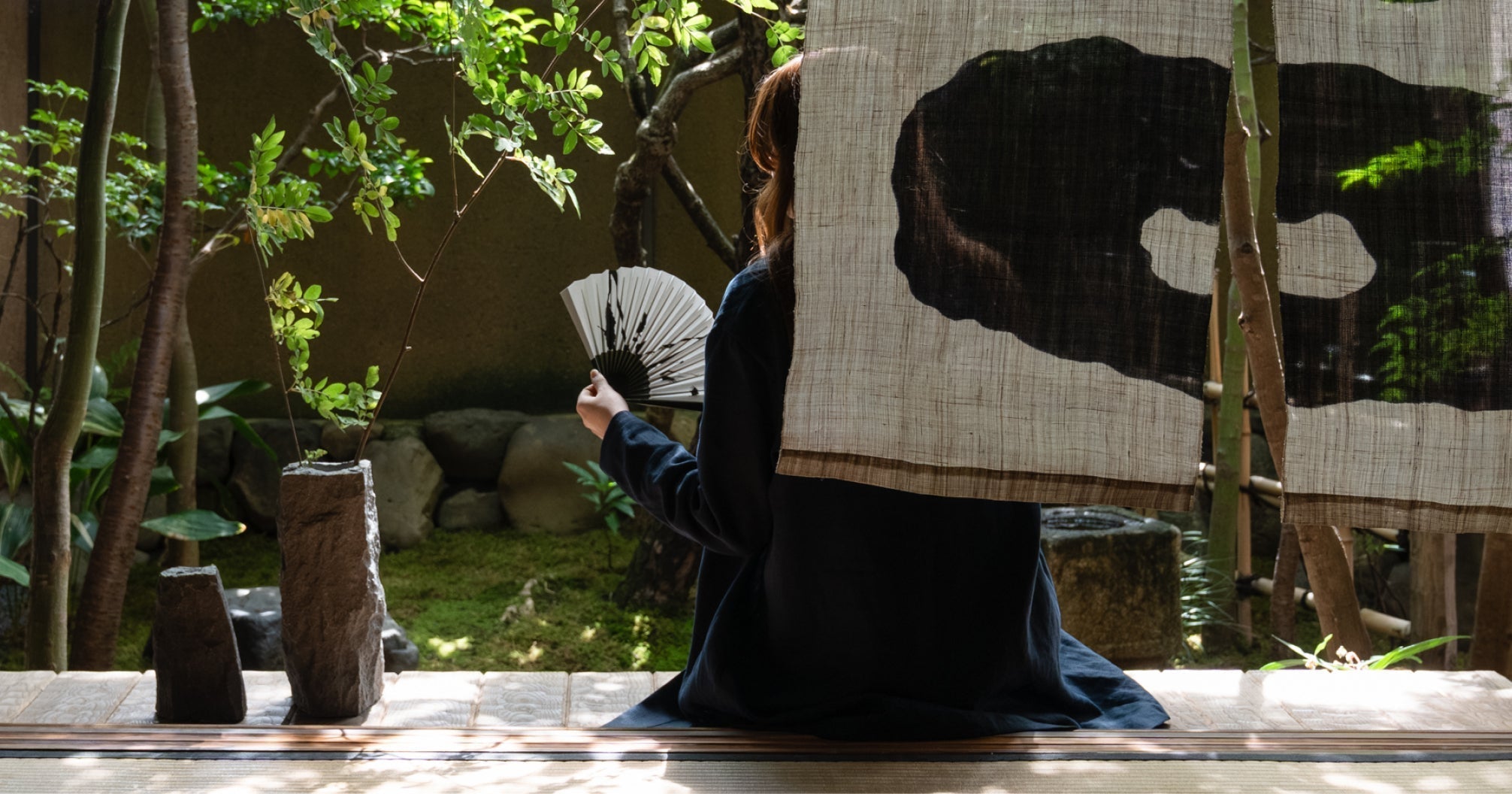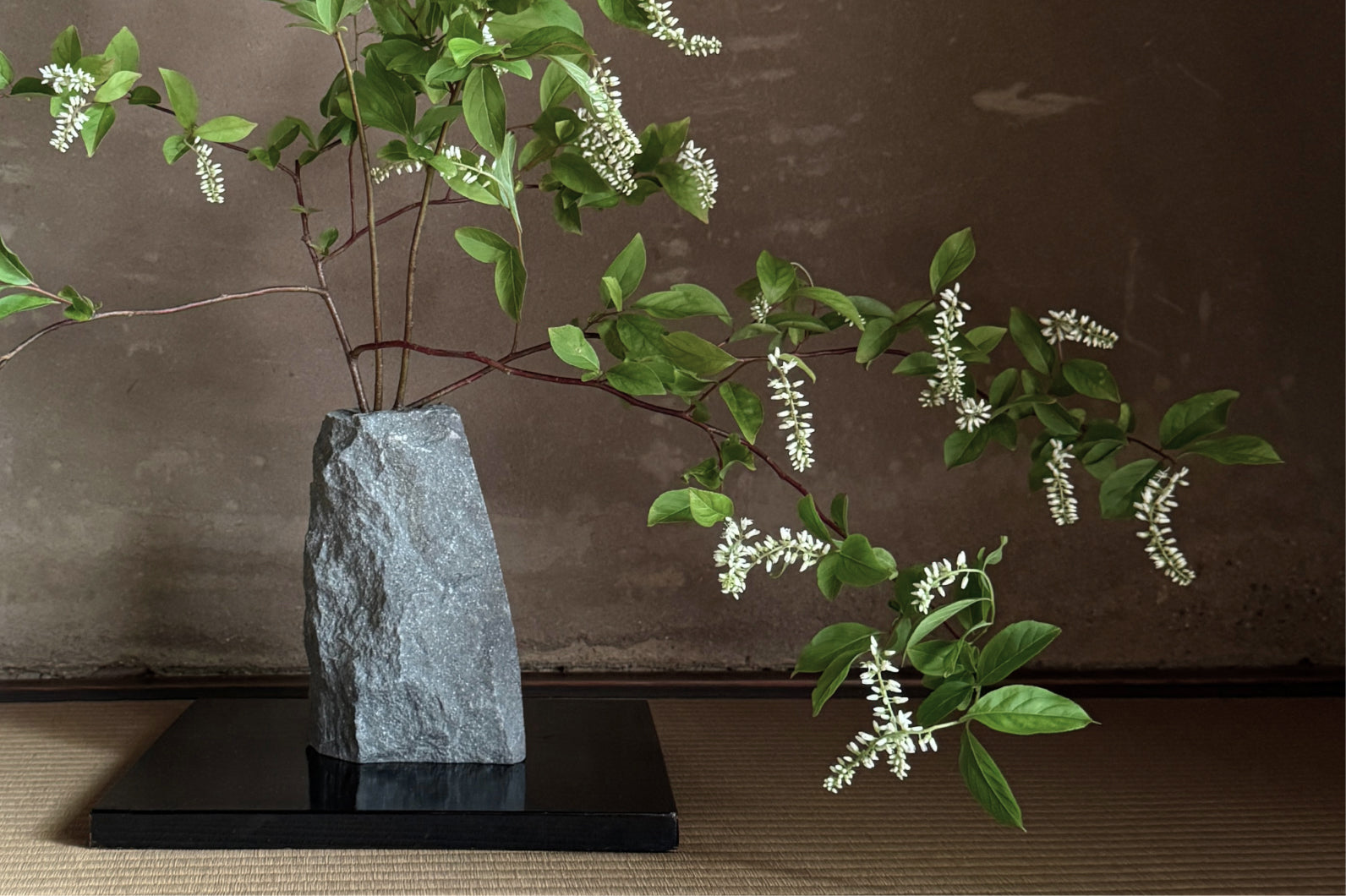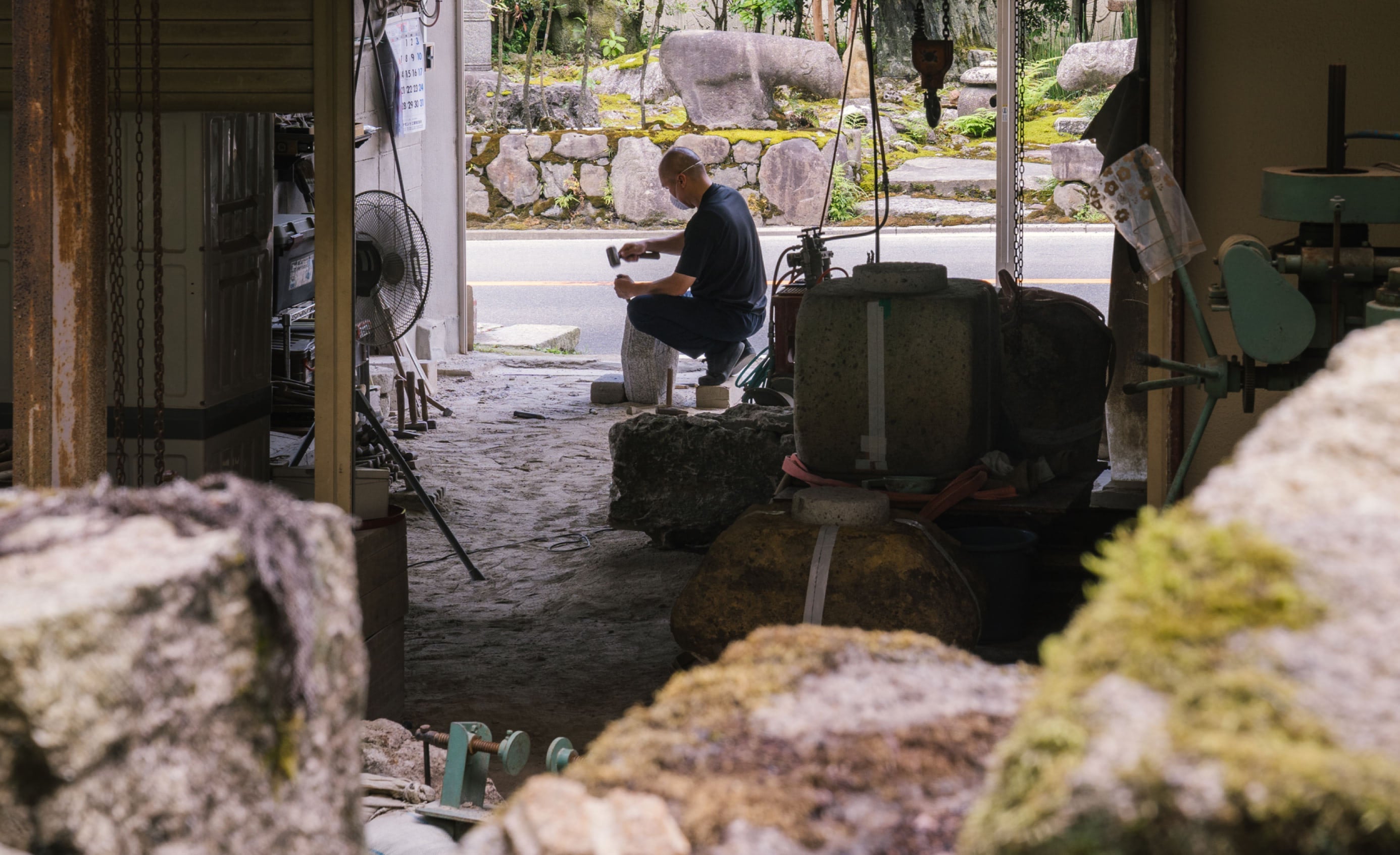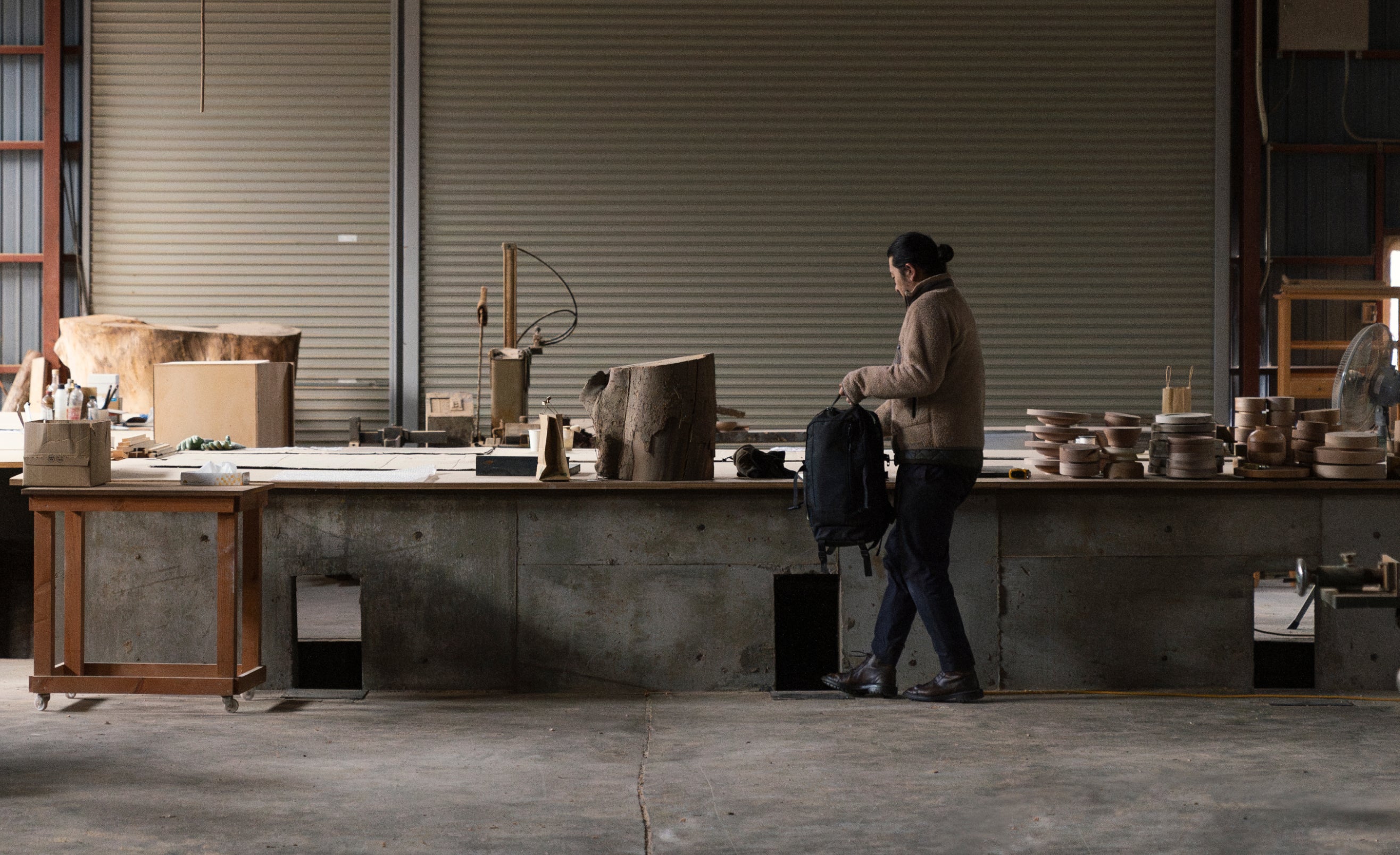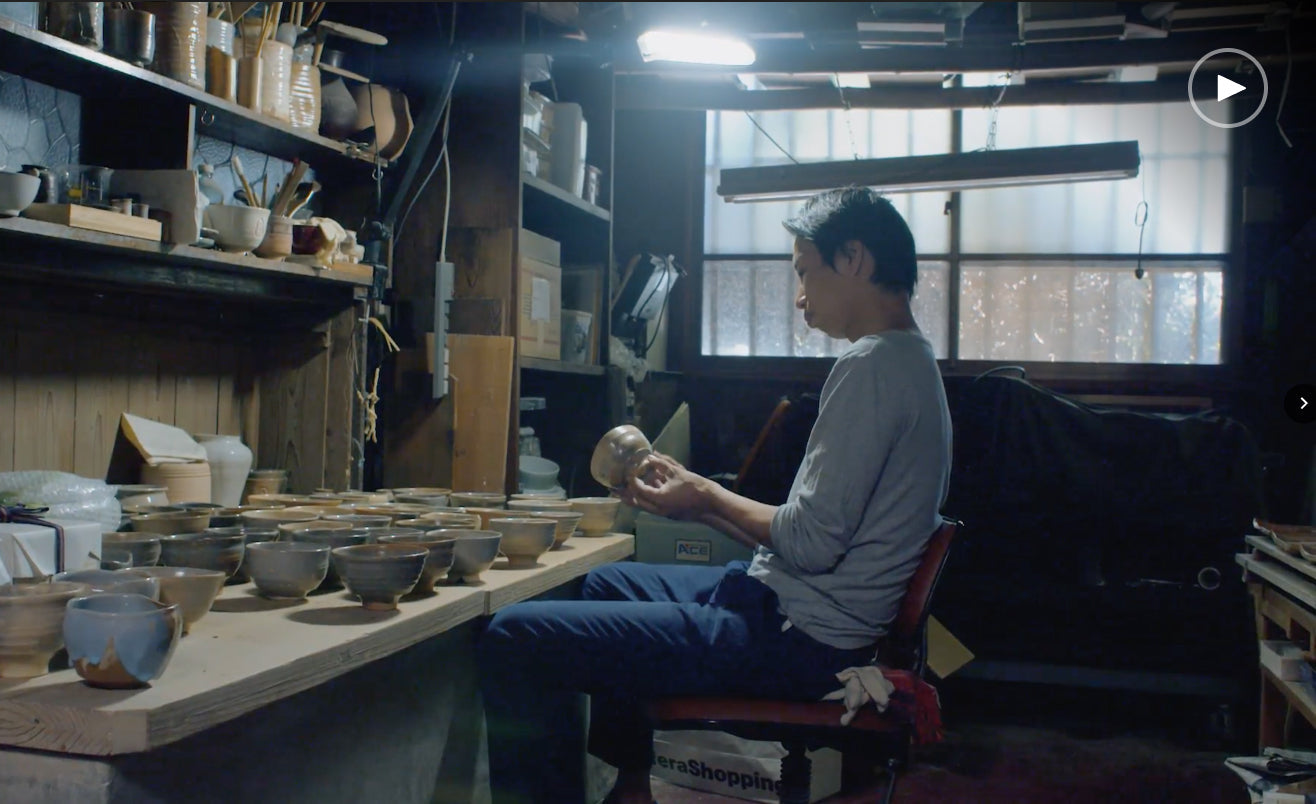'Kaze no Mama ni: As the Wind Blows.'
This simple statement encompasses a larger truth: the world will move around you, and no amount of strong-armed resistance will stop a force of nature.
But it also bears a softer, more encouraging message: follow your instincts in the moment — your whims and creative impulses.
The wind teaches us how to yield to obstacles and remain open to the opportunities only spontaneity can provide. Learning to abide by our instincts in order to work around challenges results in a more resilient and enduring approach.
Japan’s millennium of craft legacy is proof of that.
 A straight and narrow path is no longer viable as soon as a single obstacle appears upon it. An inflexible plan has no possibility of surviving inevitable change.
A straight and narrow path is no longer viable as soon as a single obstacle appears upon it. An inflexible plan has no possibility of surviving inevitable change.
Japan may be perceived as a nation that strictly adheres to tradition, but its true skill actually lies in flexibility. This is most obvious in its artisanship.
While the soul of renowned practices like woodworking and lacquerware have remained the same for centuries, their expression, techniques, and characteristics have varied from place to place, decade to decade.
They adapted to the needs, constraints, and tastes of both their artisans and their appreciators. In this way, a thousand small changes over the course of time are actually to thank for the comparative ‘intactness’ of Japan’s craft tradition.
Movement and Flow: A Partnership Between Nature and Craftsmanship
A wind chime only exists because there’s wind. A noren is merely pretty until a breeze blows by or someone walks through its panels — then it becomes a living piece.
 The interaction between nature and craft is a primary partnership.
The interaction between nature and craft is a primary partnership.
Japanese craft culture draws heavily from nature: it mimics it, incorporates it as the material, or in the design. This is because nature provides an original wisdom that craftspeople engage with in a call-and-response.
Noren and fūrin move with the wind; glassware has the texture of ice; stone vases are heavy and rough-cut in their organic forms.
In a small way, these pieces stand in for a wider truth about Japanese artisanship: there is no craft without nature.
Letting the Material Lead
The sculptor doesn’t approach the stone with a defined shape in mind.
Instead, they let the stone reveal its desired form naturally. Each piece has its own personality and expression, which can only be seen when the sculptor is guided by the material, and not by an artistic vision in their head.
 Artistry and artisanship go hand in hand, but the guiding force has to be the material itself; only it can determine what is possible.
Artistry and artisanship go hand in hand, but the guiding force has to be the material itself; only it can determine what is possible.
The way linen absorbs ink determines how a pattern is produced.
The way iron is cast determines its density and the resonance of the sound it makes when it is struck.
Everything depends on the material — no artisan can force it, they can only respond to it. The philosophy of kaze no mama ni is embedded in the creative process. Staying open to cues from the material is how truly great work is made. In fact, it is the only way great work gets made.

Diversity in Materials Makes for a Dynamic Space
Traditional Japanese spaces, especially in Kyoto, are a medley of materials: rush grass tatami, earthen walls, stone steps, wooden foundations, ceramic decorations.
When natural materials are in the same space together, they can’t help but harmonize. We’re used to seeing stone, wood, and clay together in nature, so it makes our homes feel natural, too. It puts our minds at ease, and our bodies in a state of neutrality.

By choosing pieces that bring elements of nature into your home — or that interact with nature by virtue of their form or function — you are creating a dynamic space.
There will always be something new to observe about the cut of stone, or the grain in wood, or the way fabric moves with the breeze. Your home will never be static.
The concept of kaze no mama ni comes into your physical space when you have pieces that are changeable by nature. They infuse life into your space, and into you.
Thank you to the historic Owariya restaurant for letting us shoot in their beautiful garden space.
